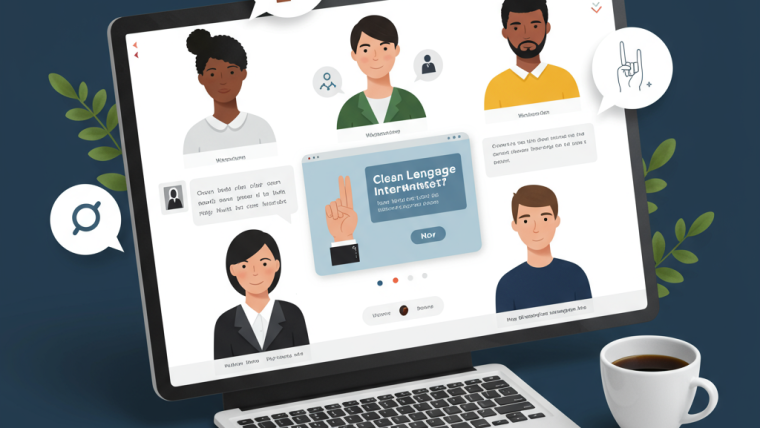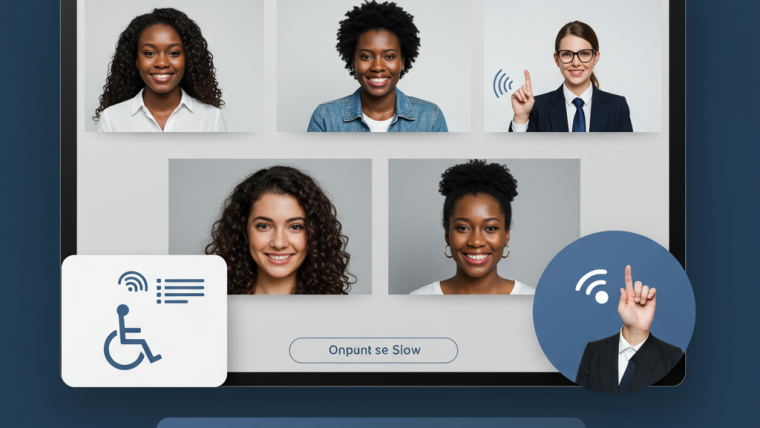In today’s digital world, nonprofits are no longer limited to in-person gatherings. Virtual events have opened new doors for fundraising, community building, and awareness. However, success doesn’t come automatically. Hosting a virtual event for a nonprofit requires a clear plan, the right technology, and an understanding of how to engage your audience effectively online.
Whether you’re organizing a virtual gala, webinar, or fundraising event, learning best practices can make all the difference in reaching your goals.
Why Virtual Events Matter for Nonprofits
The nonprofit sector thrives on community. But attending in-person events isn’t always practical for every supporter. Virtual events solve this issue by bringing your cause to their screens, no matter where they are.
They also tend to be more cost-effective. Without venue rental, catering, or printed materials, your organization can allocate more resources to your core mission.
More importantly, virtual events have a broader reach. You can invite attendees from across the country—or the world—without the constraints of geography. If your messaging and structure are effective, this can lead to stronger relationships and more donations.
One key to improving future nonprofit events is knowing how to collect and use feedback from attendees effectively.
Set a Clear Goal Before You Begin
Every nonprofit event should start with a goal. But for virtual events, this is even more essential. Are you trying to raise a specific amount of funds? Build awareness? Grow your email list?
Once your goal is defined, the rest of your planning becomes easier. You can tailor your content, timing, and platform around the outcome you want.
For example, if fundraising is your priority, make sure donation links are visible and easy to use. If education is your goal, consider hosting a live Q&A or bringing in guest speakers.
Choosing the Right Virtual Platform
Your platform should support the kind of event you’re hosting. Zoom, Google Meet, Microsoft Teams, and YouTube Live are common choices, but they each come with different strengths.
For fundraising galas, platforms that integrate with donation tools and allow breakout rooms for networking may be ideal. For webinars or training sessions, ease of use and clear video quality might matter more.
Always test your platform before the event. Run a rehearsal to ensure that slides, video, and audio work well. Make sure your team knows how to manage participants and troubleshoot tech issues.
Timing Is Everything
When you host your virtual event can affect how many people attend. Avoid time slots that compete with major holidays or busy weekdays.
For nonprofit audiences, evenings and weekends tend to perform better. But it depends on your target group. If your supporters include working professionals, a weekday lunch session might suit them well.
Also, keep the event duration in mind. Virtual attention spans are short. A good rule of thumb is to keep your main event under 60 minutes. If it must go longer, include short breaks or interactive segments to keep energy levels up.
Make Your Content Engaging
The biggest mistake in virtual nonprofit events? Treating them like static presentations.
You need to create moments that capture attention. This doesn’t mean using flashy graphics or music—it means building a human connection.
Include personal stories from beneficiaries, volunteers, or donors. Feature video clips that explain the impact of your work. Let your audience see where their support goes.
Also, use live elements to keep people interested. Live polls, Q&A sessions, and giveaways can create a sense of participation that keeps your viewers from clicking away.
Promote the Event Well in Advance
Good promotion can make or break your event. Many nonprofits wait too long to start promoting. To build interest and drive attendance, you should begin at least three weeks before the event.
Send email invites to your contact list. Post consistently on your social channels. Partner with influencers or related organizations who can help spread the word.
Include reminders as the event gets closer. Don’t assume that one invite is enough. People forget. A well-timed follow-up email or text reminder the day before can greatly improve turnout.
Ensure Smooth Registration and Follow-Up
A complicated registration process will lead to lost participants. Make sign-up quick and intuitive. Ask for only essential details like name and email. Avoid long forms unless they are absolutely necessary.
After the event, don’t go silent. Send a thank-you message. Share a recording or highlights for those who couldn’t attend. If your event involved fundraising, report back on how much was raised and how it will be used.
This helps build trust and keeps your supporters engaged even after the event ends.
Involve Your Audience During the Event
Interaction is key. In a virtual environment, it’s easy for people to feel like passive observers. Your job is to pull them in.
Ask questions throughout the event. Use a live chat box and encourage feedback. If you’re showcasing projects or causes, allow viewers to vote on their favorites or choose where their donations go.
This creates ownership. It transforms your event from a one-way broadcast into a shared experience.
Track Performance and Learn from It
Once the event is over, your work isn’t done. Review your performance.
Check how many people registered versus how many attended. Look at when viewers dropped off. Which segments kept their attention? Did your donation links get clicks?
Use this data to learn and improve. Your next event can always be better if you take time to reflect on what worked—and what didn’t.
Don’t Forget Accessibility
Make sure your virtual event is accessible to everyone. This includes people with hearing, vision, or mobility challenges.
Provide captions for live videos. Use high-contrast slides with readable fonts. Make sure your platform is mobile-friendly.
By doing this, you not only comply with accessibility standards but also show that your nonprofit values every member of its community.
Build Momentum, Not Just Moments
A single virtual event might raise money or awareness—but the real value comes from momentum.
Use the event to build long-term engagement. Invite attendees to join your newsletter, follow your social media, or volunteer. Share your event highlights afterward and keep your cause in front of your supporters.
The goal isn’t just to impress people for an hour. It’s to build a relationship that lasts months—or even years.
Final Thoughts
Hosting a virtual event for a nonprofit is more than just logging onto Zoom and talking about your mission. It’s a chance to connect with supporters on a deeper level, reach more people than ever before, and turn interest into action.
With the right approach—clear goals, strong promotion, quality content, and ongoing engagement—you can make your virtual events powerful tools for real-world change.
Focus on your audience. Tell authentic stories. Make it easy for people to participate and give. If you do these things, your next online event won’t just be good—it’ll be unforgettable.








Webinar Analytics: A Complete Guide to Measuring Success and Improving Performance
The Ultimate Webinar Follow-Up Strategy to Turn Attendees into Customers
Webinar Accessibility Best Practices: How to Make Your Online Events Inclusive for All
Webinar Personalization: Tailoring Content to Audience Segments for Maximum Engagement